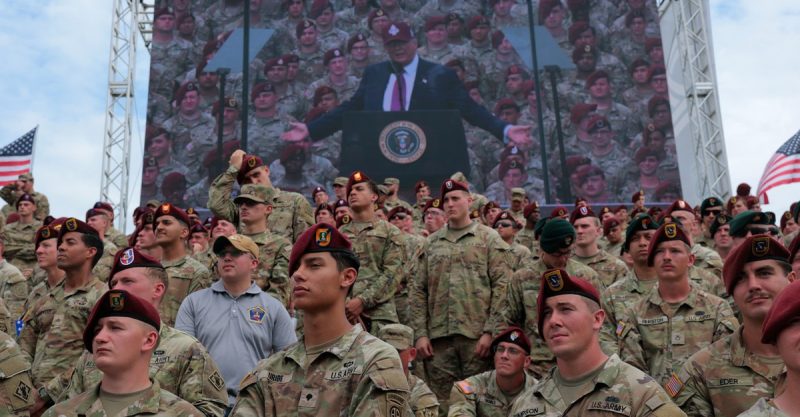
The Trump administration’s recent decision to reinstate Confederate names to several US Army bases has sparked controversy and raised questions about the Pentagon’s unusual silence. The move, announced during a visit to the newly-renamed (and then re-renamed) Fort Bragg, saw the president reverse previous efforts to remove Confederate symbolism from military installations. This decision to honor Confederate generals, including Braxton Bragg, is a stark contrast to the administration’s focus on cracking down on those deemed “insurrectionists.” The irony is palpable, given the ongoing debate surrounding the legacy of the Confederacy and its role in American history.
The Pentagon’s conspicuous lack of public comment on this controversial decision is striking. The administration’s previous renaming of bases in 2023, which removed Confederate names, was met with mixed reactions, but at least there was official acknowledgment and explanation. This time, the silence is deafening, leaving many to speculate about the reasons behind this apparent lack of transparency. Is it a strategic decision to avoid further controversy, a sign of internal division within the military, or something else entirely?
The president’s justification for the name changes centers around military victories supposedly achieved from these bases, a claim that ignores the complex and problematic history associated with the Confederate figures they honor. Furthermore, the historical context of these names—originally given during World War I to encourage Southern enlistment—is conveniently overlooked. This selective historical narrative raises concerns about a broader attempt to rewrite history and downplay the legacy of the Confederacy.
The lack of a clear explanation from the Pentagon, coupled with the president’s controversial justification, leaves many questions unanswered. The silence surrounding this decision only amplifies the controversy and raises concerns about the potential politicization of the military. The coming days and weeks will likely bring further analysis and scrutiny of this decision and the Pentagon’s response, or lack thereof.










